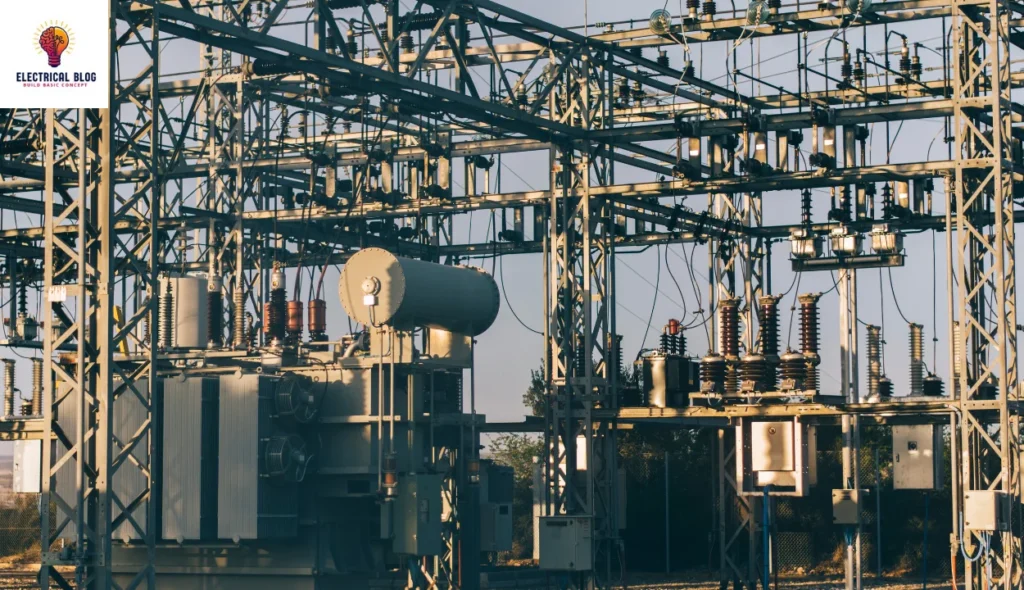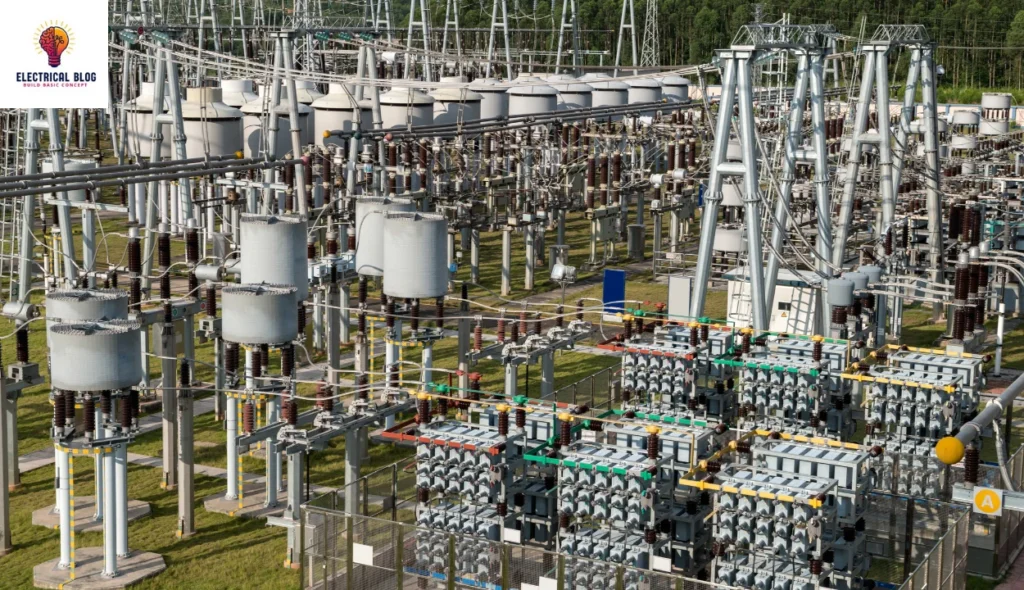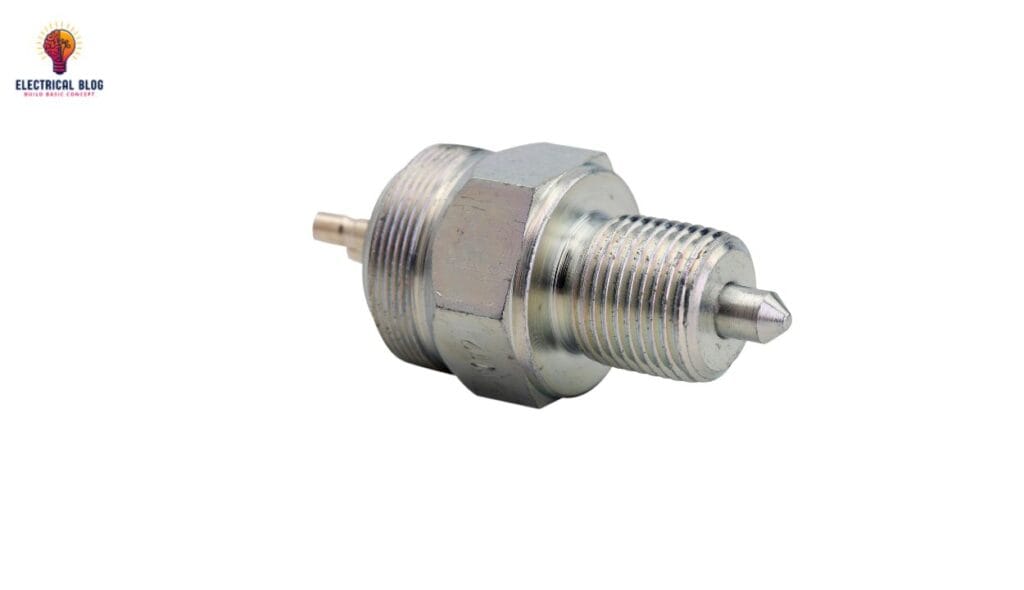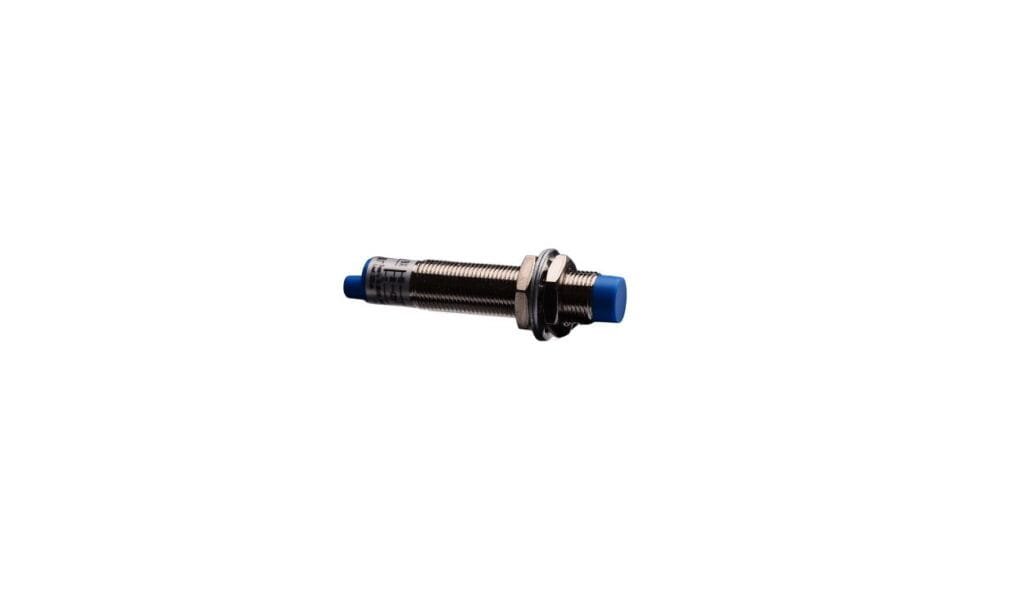Introduction
Every time there’s an electricity outage, it’s a stark reminder of how vital substations are in our daily lives. These powerful hubs help distribute energy to homes, offices, and factories, ensuring that essential systems keep running. Without a well-structured infrastructure, sudden outages can cause serious inconvenience, disrupting businesses and daily routines.
With advances in modern technology, the way substations are built and managed has been revolutionized. Smart tools like the Transcend Design Generator (TDG) help streamline the planning and design process, making it easier to optimize operations and efficiently generate power. These crucial advancements ensure that networks remain stable and that end users have a reliable energy supply.
What is a substation?
An electrical substation is an essential component of the power system, helping to transform voltage from high to low or the reverse to ensure smooth distribution of energy. These stations are strategically placed within the grid to manage the flow of electricity between generating plants and consumer areas. With over 55,000 substations in the United States, they play a crucial role in power transmission and supply.
A substation typically includes transformers that adjust levels of electricity and an interconnection of different stations. Some are owned and operated by utility companies, while others serve industrial and commercial customers. Many substations are unattended, relying on SCADA for remote supervision and control. The first substations were directly connected to a generating station, but as networks changed, smaller plants were converted into distribution hubs.
In the past, substations were simply housed near power generators, acting as subsidiaries of a larger plant. As the infrastructure grew, they became more independent, supporting several functions within the power grid. Whether handling commercial or industrial power needs, their role in transmission and energy management remains critical in keeping the world powered efficiently.

How an electricity substation works
An electrical substation plays a key role in the transmission of electricity, ensuring power is efficiently distributed to homes, businesses, and buildings. These sites house specialized equipment designed to convert power by adjusting voltages. Electricity is transmitted across the country at high voltage, then stepped down before reaching local neighborhoods for safe use.
At the core of this process are transformers, which use coils of wire wrapped around a metallic core to transfer energy through a magnetic field. Depending on the power journey, voltage may be stepped up or decreased to match different purposes. These devices help manage the change in energy flow, ensuring a stable and efficient supply throughout the network.
Parts of an electrical substation
A substation contains various components that manage the electric circuit and ensure power stability. It helps to reestablish energy flow after an interruption or a fault in the system.
Transformers are key elements that act to transform voltage levels and maintain proper energy distribution. They are designed to handle load changes and keep the network efficient.
Reclosers detect and isolate faults automatically, preventing short-circuit issues. These electromechanical devices react in real time to keep the system safe from damage.
Lightning arresters protect the substation from power surges caused by rays or other excess electricity. They help interrupt sudden voltage spikes and avoid system failures.
Disconnect switches and test switches allow technicians to physically isolate equipment for maintenance. They are operated manually or mechanically based on system needs.
Condensers store energy temporarily and balance the voltage values in a substation. They also regulate overcurrent flow to prevent power instability.
Junction boxes serve as connection points for signals and wiring, ensuring safe distribution across different areas of the grid. These boxes are essential for smooth operations.
Switching systems control the connection and disconnection of power in different circuits. They maintain continuity while adjusting the electricity flow as needed.
Each component, from terminals to measuring instruments, plays a role in substation safety. The acts of monitoring and control keep power stable, reducing risks from electrical failures.

Types of electrical substations
A substation is a crucial part of the power network, helping with transmission at 275kV and distribution at 132kV. It operates above or below specific voltage levels to form different classes of electrical systems.
Transmission Substations
A transmission substation is where electricity enters the power network and is adjusted for safe distribution. It connects generators from nuclear plants, wind farms, and other sources to ensure electricity flows efficiently. High voltage is used to cover vast distances with minimal energy loss, and adjustments are made at grid supply points before reaching homes and businesses.
Electricity travels through OHLs (overhead power lines) supported by pylons and is safely transmitted across the UK. These circuits regulate increasing and decreasing voltage levels using transformers. At a GSP, the voltage is stepped down accordingly for local use or sent to an adjacent substation. This system ensures power reaches every needed location without disruption.
Distribution Substation
A distribution substation helps transfer power from the transmission network to local areas, ensuring a stable electricity supply. It reduces high-voltage electricity to a low-voltage level so it can safely reach customers. These substations are found in cities, downtown areas, and along streets, where they power premises through overhead or underground lines.
The input usually comes from sub-transmission lines, such as 115 kV or 33 kV, while the output is sent through feeders to different locations. Inside, transformers and switching equipment are installed to manage voltage regulation and keep the system running smoothly. Some areas also have backup systems in case of power failures.
Since directly connecting consumers to the main grid is uneconomical, distribution substations connect smaller facilities to meet different amounts of energy demand. They also isolate faults and control circuits to prevent blackouts across long miles or kilometers. Utility companies ensure that these substations are maintained for reliable power delivery.
Collector Substation
A collector substation gathers power from sources like a wind farm or photovoltaic power station and sends it to the grid. It resembles a distribution substation, but the flow is in the opposite direction, stepping up voltage to match transmission voltage. Typically, it operates at 35 kV or 12 kV, depending on the project’s economy and design.
In some special cases, a collector substation may contain an HVDC converter station or provide power factor correction, metering, and control for hydroelectric or thermal plants. Locations like Brauweiler in Germany and Hradec in the Czech Republic use these substations to connect lignite-fired turbines and other increasing energy sources in close proximity.
Performance Optimization
Converter Substations
Converter substations are used to convert electricity between alternating and direct current, ensuring smooth power flow in interconnected or non-synchronous networks. These stations rely on power electronic devices to change the frequency or reverse current direction. Some HVDC converter plants also handle traction current, while older rotary converters were once used to interconnect different systems, though they are now rare.
Switching Station
A switching station is a type of electrical substation that operates without transformers, controlling current and managing voltage levels. It helps in connecting and disconnecting transmission lines to ensure a stable electrical grid. These stations can act as collector and distribution points, directing electricity flow efficiently.
In case of failure or an unexpected fault, the switching station works to isolate the faulty portion of the system. Whether it’s planned maintenance or an unplanned issue like lightning, an arc, or high winds knocking down a tower, these stations respond quickly. Their role is to keep the power supply running without major disruptions.
Large switchyards like HVDC Inga–Shaba connect power from multiple generators, transferring energy to the feeder bus and then into the transmission line. Some use parallelizing circuits and backup lines to maintain stability and reliability. The goal is to prevent damage while keeping the grid balanced.
Regular routine testing ensures the yard remains operational, and electrical substations are kept de-energized when needed for safety. By coordinating power through the generator bus, these systems improve efficiency and prevent overloads. This structured setup is key to managing electricity flow in large networks.
Conclusion
An electrical substation plays a pivotal role in ensuring electricity flows smoothly from the power station to homes and businesses. Whether it’s a large power electrical substation managing vast regions or smaller units handling local areas, these systems work efficiently to keep energy stable.
Each time you flip a switch, you rely on the intricate network of electrical substations that operate safely behind the scenes. Their careful oversight and handling of power make modern life possible, delivering the benefits of electric power to everyone.
FAQs
What else do substations do?
Substations do more than just manage power; they support large energy projects by linking them to the electricity grid. In the UK, they help connect transmission substations and the distribution systems, ensuring smooth power flow. With over 90 power generators connected, they play a vital role in energy stability.
They also support decarbonizing efforts by integrating zero-carbon sources and interconnectors, adding 30GW of clean energy to the network. For rail operators and industries, GSPs take power from the transmission network, while protection equipment prevents failure, downtime, and faults, keeping operations efficient across Britain’s growing economies.
Is living next to a substation safe?
For decades, there has been a debate about whether living near substations and power lines is truly safe. These facilities produce electromagnetic fields (EMFs), raising concerns about possible health risks. However, extensive research and the weight of evidence suggest that EMFs within guideline limits do not pose a harm.
All substations are designed with safety guidelines to protect the public, employees, and contractors. Independent studies confirm that exposure remains within safe levels, as strict measures limit EMFs. Over the past years, experts have made it a priority to ensure compliance with regulations for public safety.
Who owns substations in the UK?
The National Grid owns over 300 large substations, managing 275kV and 400kV power across the UK. These stations handle electricity, using overhead power lines and underground cables to ensure reliable distribution.
Smaller substations are maintained by local distribution networks, including Electricity Distribution (formerly Western Power Distribution). These stations are crucial for switched power, ensuring energy reaches surrounding areas and is properly transformed for businesses and homes.




